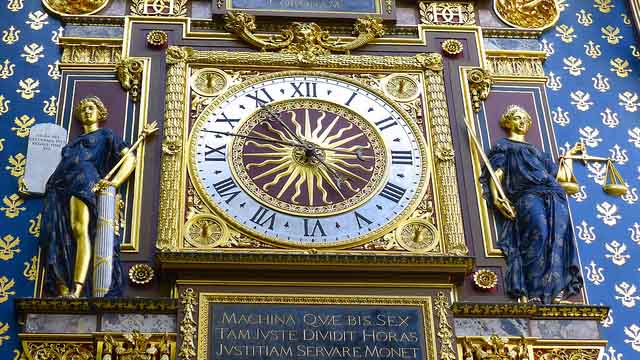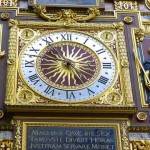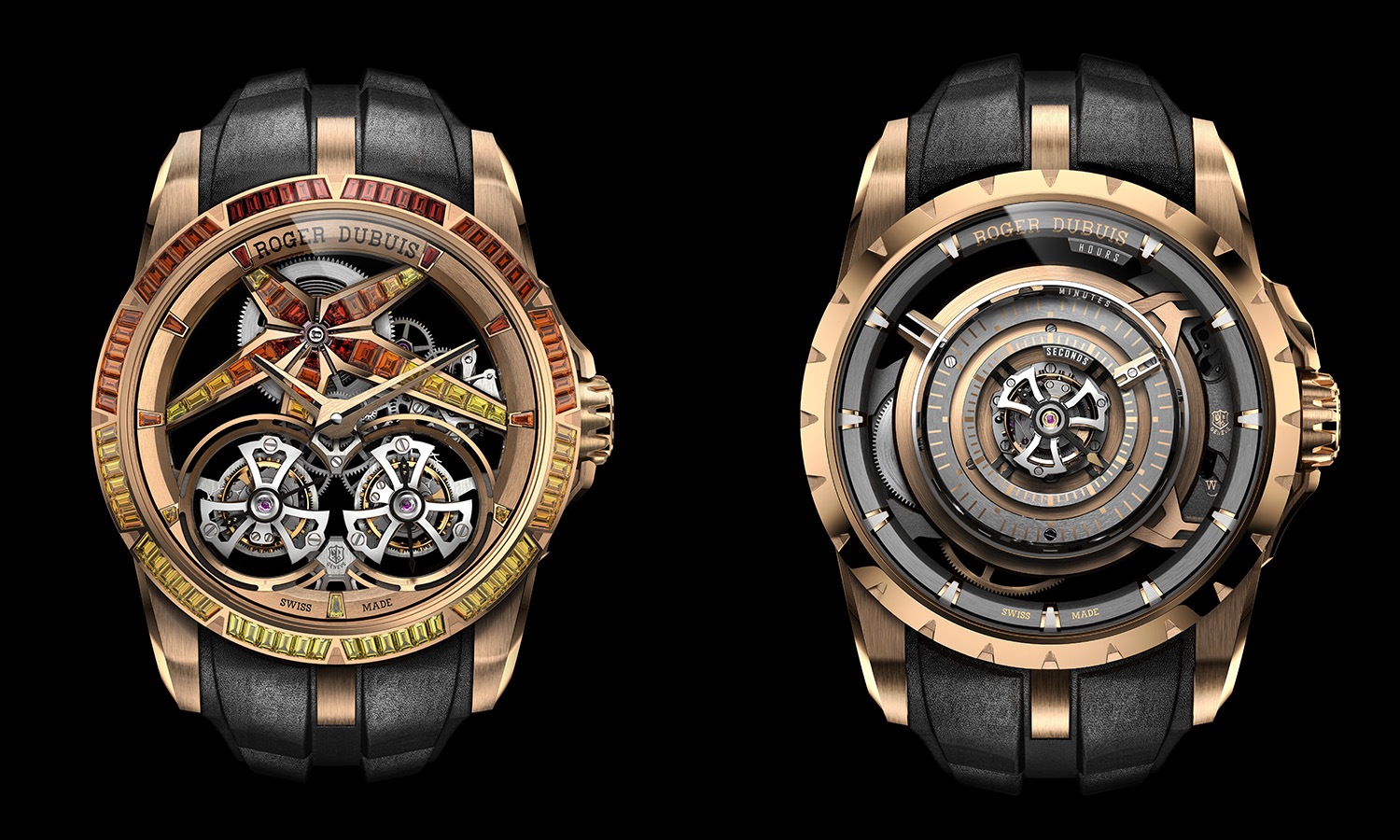
An Homage To The Conciergerie Clock Tower And Paris
From the top of its 47 meters, the Conciergerie Clock Tower on the north bank of the Ile de la Cité has seen a lot of water flow under the Pont-au-Change that it overlooks.Built by Jean Le Bon between 1350 and 1353 on the corner of what is now the Quai de l’Horloge and the rue du Palais, the fourteenth century Tower has witnessed Wars, the French Revolution, The Reign of Terror, and The Attacks of 2015, making it a privileged observer of the Paris motto “Fluctuat nec mergitur”: “It is tossed by the waves but does not sink.”
Originally built as a lookout for the Royal Palace later known as the Conciergerie, it became a Clock Tower – “L’Horloge de la Conciergerie” – in 1371, when King Charles V graced it with the city’s first public clock. Made by Lorrain clockmaker Henri de Vic, it remained unchanged until 1585, when Henri III gave it a beautiful multi-coloured square-shape dial of one and a half meters in diameter, a frame of gold-leaf with angels and allegories sculpted by Germain Pilon, and a Royal blue background with golden fleur-de-lys. Severely damaged during the French Revolution, the clock was restored in 1849 by Pierre-Michel Lepaute, a member of the famous 18th and 19th centuries French clock-making family that built tower clocks driven by horizontal mechanisms. More recently, it was restored again in 2012 using old documents from the National Archives to return it to its original splendor.
It still chimes every hour on the hour, pointing at its Roman numerals with bronzed copper hands — fleur-de-lys tipped for the hours and arrow-shaped for the minutes. The gold-leaf allegories on either side of the dial wear royal blue garments; Law on the left holds a scepter and tablet, while on the right Justice holds scales in her left hand and a sword in the right. The clock also bears Latin inscriptions. The one at the top is in honour of Henri III, while below the clock we read “Machina quae bis sex tam juste dividit horas, justitiam servare monet legesque tueri”: “This mechanism which divides time into perfectly equal twelve hours helps you to protect justice and defend the law.”
After all these years and events, the mechanism still drives, the hands still move, the hours still strike, and Paris still stands tall. “Fluctuat nec mergitur.”
Follow Haute Time on Instagram to catch all of the new releases as they happen.
 SIGN UP
SIGN UP
















